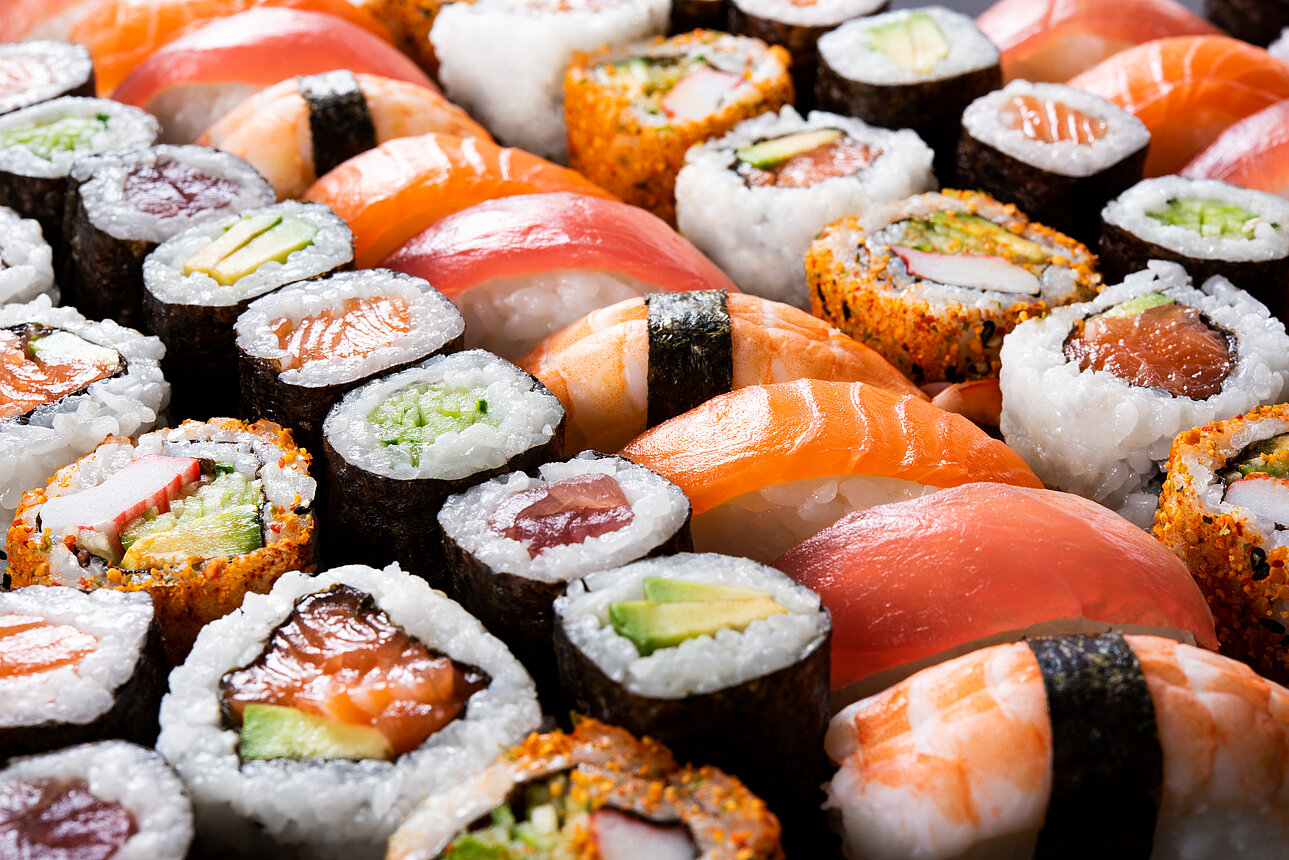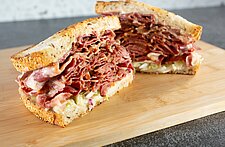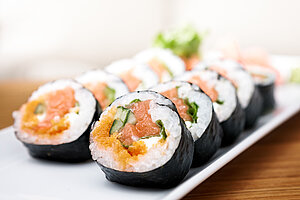 Americans have been fans of Japanese cuisine for a while, with sushi platters, ramen, miso soup, and teriyaki meats found on many menus. However, these foods are only one small part of the country’s cuisine. As more consumers become curious about global foods, that limited selection is becoming a stunning array of authentic foods.
Americans have been fans of Japanese cuisine for a while, with sushi platters, ramen, miso soup, and teriyaki meats found on many menus. However, these foods are only one small part of the country’s cuisine. As more consumers become curious about global foods, that limited selection is becoming a stunning array of authentic foods.
Changing consumer preferences are also playing a part. As the youngest generation with purchasing power, Generation Z is shaping what people look for in restaurant foods and on grocery shelves. This generation is the most diverse, and their broad perspective helps fuel interest in global cuisines. Here are some of the latest Japanese food trends in the U.S. market.
Textured Snacks
Snacks are a big part of Japanese food culture, with vending machines found in cities around the country. Many trends cater to business workers traveling to the office or students heading to school. These snacks are now heading to the U.S.
Many popular Japanese flavors are making waves in the U.S., and most blend sweet and savory notes. Senbei, or nutty rice crackers, are often sweetened with honey or sugar. Others have a salty-sweet kick from sakura sesame salt, which blends pink sea salt with black sesame and powdered cherry blossoms.
Two types of popular rice crackers are kotsubukko and kabukiage. Both are puffed and fried, with kotsubukko more focused on sweet honey and salty flavors. Kabukiage has a chewier center and mild taste.
Apart from sweet or savory snacks with a baked rice or biscuit base, we also see onigiri rising in popularity. This hand-held snack uses sticky rice formed into balls and wrapped with nori seaweed sheets. Some onigiri have a filling, such as pickled plum, teriyaki chicken, or mayo tuna.
Citrus in Many Forms
Yuzu has been growing in popularity, becoming more common in Japanese cuisine in the U.S. markets. This zesty, yellow fruit blends tangy notes with herbs and honeysuckle-like sweetness, acting as an ideal substitute for lemon juice. We see yuzu appearing in salad dressing, marinades, cakes, custards, Asian-fusion soups, meat dishes, and beverages.
Citrusy Japanese food imports also extend to sudachi and kabosu. Sudachi’s green peel sets it apart from yuzu, its close relative. So does its taste. This citrus has an intense acidity and punchy sour kick. It also features subtle herb and pepper notes.
Kabosu is another fruit found throughout Japanese cuisine. Like yuzu and sudachi, it is now one of the latest Japanese food trends in the U.S. This fruit has a delicate yellow flesh that’s tangy and bold. It also has unique flavor notes of cucumber, melon, and soft perfume.
Satsuma mandarins are equally popular Japanese ingredients that liven up many dishes. These honey-sweet fruits have the slightest tang, making them perfect in salads, as dessert toppings, or on their own.
Related: Snack Trends: Conscious Snacking & a Bit of Indulgence
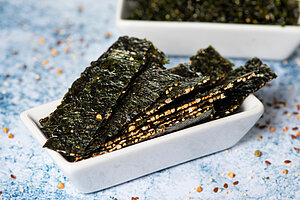 Broad Use of Ocean Food
Broad Use of Ocean Food
When exploring Japanese cuisine in America, we also see increasing seafood imports. This rising demand for Japanese foods shows how U.S. consumers are growing more intrigued with global seafood. This seafood could also be called ocean food or “blue” food. Ocean food looks beyond the fish and shellfish, seeing all aquatic life as a potential food source. It includes marine plants, algae, and aquatic animals.
That’s why some common ocean food hitting U.S. markets comes from different types of ocean life. Scallops, sea bream, and snapper are popular, but marine plants like seaweed are making more of a statement. Apart from seaweed-wrapped sushi, seaweed is appearing as a feature in salads, salmon bowls, roasted vegetable medleys, or as a crisp snack.
Japanese Fusion Foods
Some Japanese fusion cuisines take the best of two cultures, such as wafu Italian, a blend of Japanese and Italian ingredients. We might see tempura shrimp or prawns on a pizza topped with basil, tomato, and cheese. Another growing trend is creamy chicken alfredo with umami miso pieces, creating a unique taste experience.
Japanese fusion cuisine trends also acknowledge consumers’ rising interest in vegetarian and vegan meals. Vegan sushi bridges the two, using vegetables, fruits, and savory mushrooms instead of fish. Some common ingredients might include jackfruit, chickpeas, eggplant, watermelon, konjac, or pickled turnip.
Fermentation
In many ways, Japanese cuisine excels at fermented foods. From amazake, a sweetened and fermented rice drink to natto, a fermented soy food, the country has introduced ways to enjoy fermented foods with unique and appealing tastes.
Bringing these foods to the U.S. market shows a strong connection with health foods and probiotics. We see amazake used as a natural flavoring for rice and quinoa bowls. It also adds subtle sweetness to pickled vegetables and fresh salads. Amazake is also making waves in the breakfast corner, with its sweet yet umami notes enhancing pancakes, muffins, and protein smoothies.
Other fermented food trends might combine the nutty yet intense taste of natto with fresh herbs and spaghetti or linguine noodles. Apart from pasta dishes, we see it as a topping for salads and pizzas, and even as a natto-honey glaze on roasted root vegetables.
Stay Informed, Stay Inspired - Subscribe to our Newsletter Here!
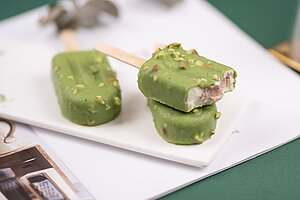 Matcha Powder
Matcha Powder
Matcha has made inroads in the U.S. market as a tea. Now, it’s appearing as a flavoring in snacks, desserts, and other foods. The powdered green tea leaves have a unique taste unlike other teas, with strong grassy flavors, an earthy, slightly bitter profile, and subtle citrus notes. It mellows out with a slightly sweeter finish. Matcha’s usage as a flavoring brings this complex flavor profile to more foods, adding intriguing tastes when used in many dishes.
We see it complementing everything from lemon, cherries, and strawberries to vanilla, chocolate, almond, and honey. Many of these flavors are in desserts. Some of the most common matcha trends are cakes, cookies, and ice cream. Black sesame and matcha is another popular dessert pairing, appearing in shortbreads, sticky buns, and babka.
Matcha also pairs with dinner foods. It’s been used as a refreshing sauce spread over sauteed mushrooms, tomatoes, and spinach. It also works as a cooking marinade for vegetables and meats, enhancing the rich umami taste. We’re also seeing Middle Eastern and Japanese blends with tahini and matcha pairings, where the ingredients create flavorful salad dressings or falafel dipping sauces.
Whether as dessert, dinner, or snack, Japanese food trends show rising interest across the U.S. market for the unique flavors of this island nation. Contact Symrise today for more in-depth insights.
